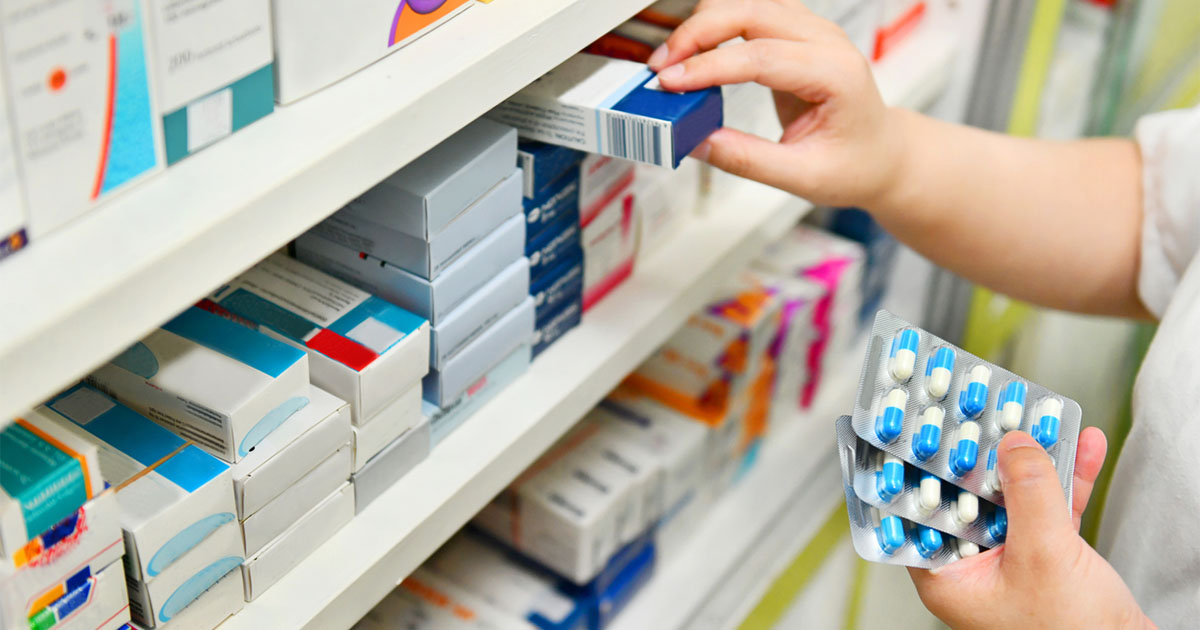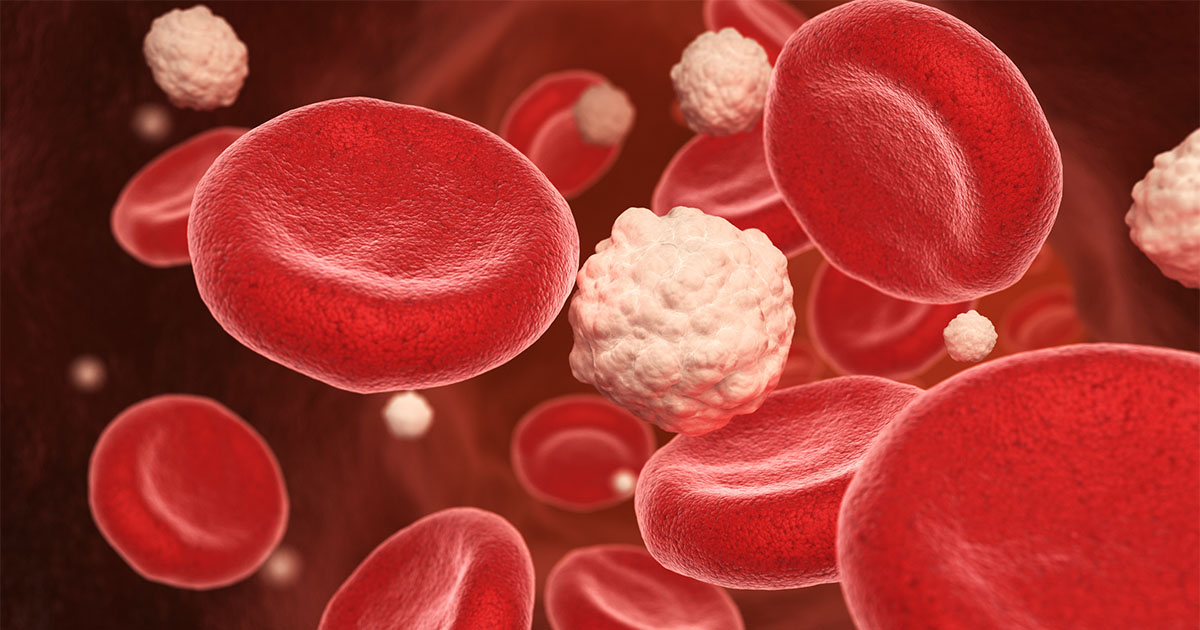Transferring insulin from a pen cartridge or prefilled pen to an insulin syringe is NOT a practice that is endorsed by any of the insulin manufacturers and is an unlicensed activity. This is reflected in comments supplied by Eli Lilly and Company, Novo Nordisk and Sanofi to be included as part of this statement, which are presented immediately below.
Comment from Eli Lilly and Company
Insulin cartridges manufactured by Eli Lilly and Company are to be used with a CE marked pen such as HumaPen® Savvio™. Our prefilled pen (KwikPen™) must only be used as recommended in its user manual. It is not recommended to withdraw insulin from the cartridge or the prefilled pen.
Comment from Novo Nordisk
Novo Nordisk places great emphasis on ensuring dosing accuracy through drug formulation, delivery systems and their correct handling by the user. Dosing accuracy and product quality, including stability and sterility, may be compromised when not used according to label instructions. Patients and care-givers should follow the approved instructions for use that are included with the product. Off-label use is strongly discouraged, including the use of a syringe for drawing-up insulin from Penfill® cartridges or from prefilled pens.
Comment from Sanofi
Drawing insulin out of a prefilled pen or cartridge cannot be recommended. Risks include dosing errors, which can lead to significant harm should this result in overdose of insulin. Users of prefilled pens and cartridges should always have a spare pen available in case one malfunctions.
Why is this happening?
Some local policies have looked at the issue, including NHS Lanarkshire’s Guideline for the Administration of Insulin by Nursing Staff (Arnott and Moran, 2014), which states: “Never withdraw insulin from a cartridge or prefilled pen using a needle and syringe. This contaminates the insulin and interferes with accurate dose determination using the pen device.”
Pen cartridges and prefilled disposable devices are not designed to be used in this way and there are no data to support this practice. So why is it happening?
There are a number of reasons why it may occur in practice.
- Several types of insulin are not available in vials for use with an insulin syringe in the UK. These include:
• Humalog® Mix50™.
• Insuman® Rapid.
• Insuman® Comb 15.
• Insuman® Comb 50.
• Levemir®.
• NovoMix™ 30. - Some people with diabetes simply prefer to use insulin syringes for self-administration, while others may be unable to use pen devices because of impaired manual dexterity problems such as insufficient strength or reach to fully depress the plunger on the pen.
- The person with diabetes or healthcare professional may not know how to use the prescribed pen device and decide to remove the cartridge and use it as if it were a vial or remove the insulin directly from the prefilled pen.
- Where there is a malfunction of the pen device or where problems using the device are encountered, a decision may be made to withdraw the insulin from the cartridge or pen using an insulin syringe.
- In some parts of the country there are policies in place for community nursing teams that administer insulin which prohibit the use of insulin pen devices. Generally this has arisen from the increased risk of needlestick injury (NSI) associated with the use of pen devices, largely caused by the re-capping or removal of needles (although if all healthcare professionals were using safety devices, as is recommended, this should not be an issue [see later]).
The problem
When withdrawing insulin from a vial, firstly the number of units in air – equal to the number of units of insulin required – should be injected into the vial. This is because vials are pressurised and have a vacuum. If air is not injected, it becomes increasingly difficult to draw the insulin out. Cartridges are not pressurised and are designed not for insulin to be drawn out but rather for it to be pushed out by the pen plunger.
When air is injected into the cartridge, this can cause dose inaccuracies if, subsequently, the cartridge is used in the pen device. Anecdotally, it has been reported that pressure can build up within the cartridge, causing the bung to “pop out” or crack the cartridge.
Suggested solutions
Below, a range of solutions and other important considerations are presented.
- If a particular type of insulin is not available in a vial and the person with diabetes cannot self-administer using a pen device, then consideration should be given to switching to an alternative insulin that is available in vials. A different brand of insulin with a similar time–action profile may be available. Otherwise, depending on the individual’s blood glucose profiles and glycaemic control, it may be appropriate to change the regimen and switch to a different type of insulin.
- Most pen devices are simple to operate and they have very similar functionality. It is imperative, however, that people with diabetes and healthcare workers using these devices receive proper training and support to use them safely and effectively.
- In the event of a malfunction, those using a disposable prefilled pen should discard the faulty pen and use a new pen from their pack. For those using a pen designed for use with cartridges it is good practice to prescribe a spare pen for use in case of damage, fault or, indeed, loss.
- Only in an emergency, where there is no other option and the insulin dose needs to be given, should insulin be drawn out of cartridges or prefilled pens, and the cartridge or prefilled pen should then be discarded.
- Pen devices have revolutionised the administration of insulin for many people with diabetes but for healthcare workers who may have to administer insulin on the patient’s behalf, there is a risk of NSI, which is why some organisations insist on the use of insulin syringes for third-party administration. Indeed, a study in France by Pellissier et al (2006) examining this found that 60% of NSIs using pen devices were related to disassembly and re-capping, and that this was six times more likely with pens compared with disposable syringes. One solution to this problem would be to consider using safety-engineered pen needles, and several are now available.
- Employers have a duty of care to ensure the safety of their employees and there is UK legislation to support this including the Health and Safety at Work etc Act 1974, the Control of Substances Hazardous to Health 2002 regulations and the Health and Social Care Act 2008. Furthermore, in 2010 the EU agreed a framework for the prevention of sharps injuries in the hospital and healthcare sector (Council of the EU, 2010) for implementation by May 2013. Recommendations included proper risk assessment, improvements in education and awareness, and the use of safety devices. It should be noted that administration of insulin by a third party using a disposable insulin syringe is not without a risk of NSI. Given that the shortest available needle on disposable insulin syringes is 8 mm, it is necessary to perform a lifted skin-fold to ensure subcutaneous delivery. In this scenario, there is a real danger that the hand holding the lifted skin fold is at risk from a NSI (Adams et al, 2012), and, arguably, in order to comply with the EU Directive, insulin safety syringes should also be used when insulin is being administered by a healthcare worker. (For further information on injection technique, a downloadable version of the latest Forum for Injection Technique recommendations is available at www.fit4diabetes.com.)
- Another potential hazard associated with drawing insulin from cartridges or pen devices, particularly for less experienced practitioners, is that the wrong type of syringe may be used. The National Patient Safety Agency issued a Rapid Response Report in 2010 aimed at reducing the number of wrong-dose incidents involving insulin. Three deaths and 17 other incidents occurred between January 2005 and July 2009 where an intravenous syringe was used to measure and administer insulin. The use of non-insulin (intravenous) syringes, which are marked in millilitres and not in insulin units, led to 10 times the intended dose of insulin being administered.
Summary
Transferring insulin from a pen cartridge or prefilled pen to an insulin syringe is an unlicensed activity and is not endorsed by any insulin company. Pen cartridges and prefilled disposable devices are not designed to be used in this way and there are no data to support this practice. There are a number of reasons why it may be happening, and there are a range of solutions to the problem and important considerations that should be heeded.





Risk ratios of 1.25 for autism spectrum disorder and 1.30 for ADHD observed in offspring of mothers with diabetes in pregnancy.
18 Jun 2025